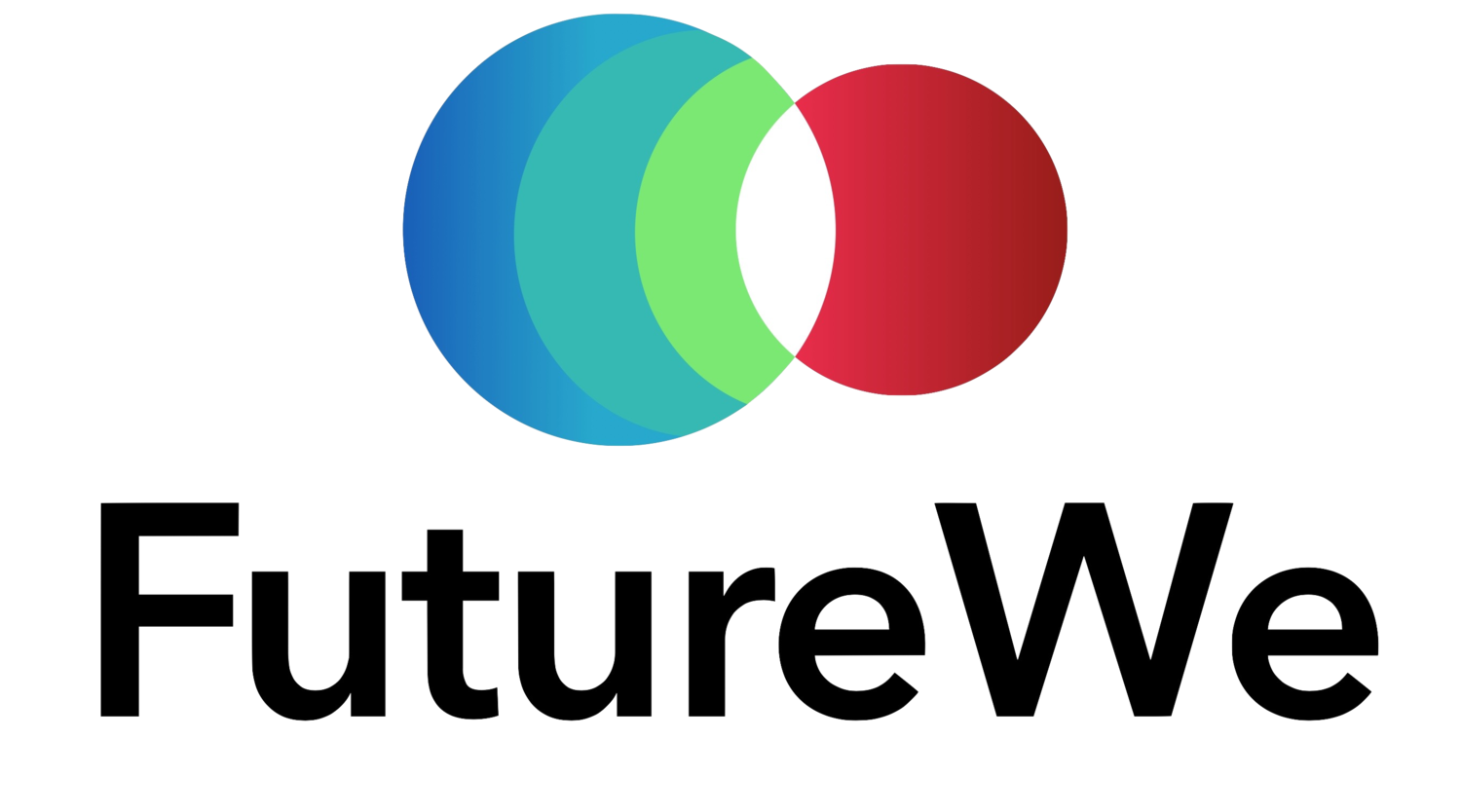Meta-category — Augmentation: Technologies that directly assist human effort and activities. By Jona Nalder, with Chris Hills and Rhys Cassidy
‘Augmentation’, or the rise of technology which assists humans to do more than they could naturally achieve, has been integral to humanity’s journey through all historical epochs. The Agricultural revolution circa 10,000 BCE allowed the first farmers to provide food in quantities far beyond what hunters or gatherers had been capable of. The discovery of metallurgy for creating bronze and iron gave workers and warriors strength and abilities much greater than natural tools like wood and bone. Likewise, the invention of the steam engine made the Industrial revolution of the 1700’s possible as previous levels of horse and animal power were exceeded many times over. From the 1800’s, the combustion engine and electricity only increased this trend of technology extending the amount of physical assistance available.
The invention of the microchip in the 1960’s was also a development that significantly assisted human effort and activities but in the mental rather than physical realm. In this way it is more similar to inventions like the abacus or sextants which augmented what the human brain was capable of calculating. It also marked the beginning of the digital age which has led to the array of other modern technologies that can be grouped under Augmentation, as well as those in Automation meta-category overviewed in part 3.
One of the best current examples of Augmentation technologies that assist human efforts is accessibility technology. Christopher Hills [1]is a young man with no use of his limbs. Yet, using Switch Control, an accessibility feature built into Apple Macs, he has taught himself to be a certified Final Cut Pro Editor, runs his own ‘Switched-On Media’ [2] business and even advises Astronauts [3] — all with only the tap of a switch with his head. Companies and designers who have invested in creating such accessibility options are now finding that designing for those with extra needs has also meant that their tools become more useful for augmenting the activities of everyone. In fact Australia now plays host to a dedicated startup accelerator, Remarkable.org [4] due to the fact that interest in this sector is now so high.
Augmentation can also include developments such as wearable tech, virtual and augmented Reality headsets, tele-work tools, exo-skeletons, bio-tech and implants, and genome-editing. Augmented reality, for example, provides another layer of visual information on top of the real world that users can then interact with through a mobile phone or tablet screen or special headset. We have only seen the tip of the iceberg with this technology in games like Pokemon Go and apps developed for the Daqri Smart Helmet and Microsoft HoloLens. Like other augmentation technologies, AR has the potential to impact every industry.
Even the smartphone in our pockets we now take for granted can be said to makes us ‘super-human’. Its ability to instantly record events, send and receive over vast distances, store what was previously a life-times worth of books and music and more has made it almost a ‘phantom limb’ or extension of ourselves to the point where according to a Time Magazine survey across 8 countries, 68% of people sleep with smartphones by their bedside [5]. It’s possible that many won’t even flinch as bio-tech enables such capabilities to live within our bodies soon.
Such profound and unprecedented extensions and changes to human abilities is one of the reason why Jona Nalder has created these meta-categories like Augmentation as discussion starters that a wide enough group of decision makers and global citizens can understand and use to begin adapting rather than just reacting as the huge transition that tech is bringing across all categories accelerates.
1. https://www.youtube.com/watch?v=--J...
2. www.switchedonvideoediting.com.au

